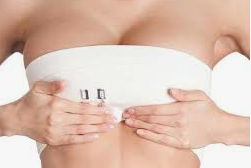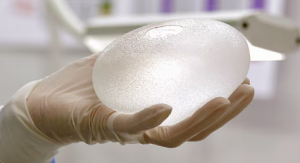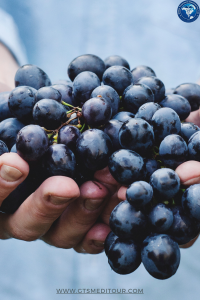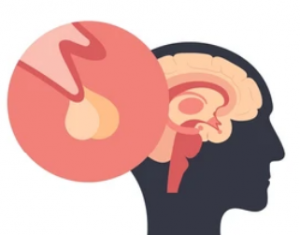Overview
Breast augmentation Augmentation mammoplasty is a cosmetic surgery technique using breast-implants and fat-graft mammoplasty techniques to increase the size, change the shape, and alter the texture of the breasts. Although in some cases augmentation mammoplasty is applied to correct congenital defects of the breasts and the chest wall. whereas in some cases it is used purely as a cosmetic surgery and post mastectomy for breast cancer. primary breast augmentation changes the aesthetics – of size, shape, texture and fullness of breast. In some cases breast augmentation is a way to feel more confident. For others, it’s part of rebuilding the breast for various conditions.
Breast implants cost depends on the location, doctor, and type of implant used. Typically, the surgery ranges from $5,000 to $10,000/- tentatively. Because it is a cosmetic procedure and these Implants last from 7 to 12 years on an average. If you’re considering breast augmentation, talk to a plastic surgeon. Make sure you understand what surgery involves, including possible risks, complications and follow-up care.
Reason for Augmentation Mammoplasty
- It enhances your appearance if you think your breasts are small or that one is smaller than the other and this impacts how you dress or the type of bra needed to help with the asymmetry
- It adjusts for a reduction in the size of your breasts after pregnancy or significant weight loss
- It Corrects your uneven breasts after breast surgery for other conditions
- It Improves your self-confidence
- Reconstructive breast surgery may be done as a part of the treatment for breast cancer. Cosmetic breast surgery is done for esthetic purposes.
Surgical breast augmentation
There are four types of implant:
- Saline implants filled with sterile saline solution- the saline breast implant, filled with saline solution. The technical goal of saline-implant technique was a less-invasive surgical technique, by inserting an empty, rolled-up breast implant through a smaller surgical incision. the plastic surgeon would then fill each device with saline solution through a one-way valve and, because the required insertion incisions were short and small, the resultant incision scars would be smaller and shorter than the surgical scars typical of the pre-filled, silicone-gel implant surgical technique.
- Silicone implants filled with viscous silicone gel-Silicone gel-filled implants are silicone shells filled with a plastic gel (silicone). Although many women say that silicone gel implants feel more like real breasts than saline, they pose more of a risk if they leak.
- Alternative-composition implants (no longer manufactured), filled with various fillers such as soy oil or polypropylene string.
- “Structured” implants using nested elastomer silicone shells with saline between the shells – Structured implants were approved by the FDA and Health Canada in 2014 as a fourth category of breast implant. These implants incorporate both saline and silicone gel implant technology. The filler is saline solution, in case of rupture, and has a natural feel, like silicone gel implants.his implant type uses an internal structure consisting of three nested silicone rubber “shells” that support the upper half of the breast, with the two spaces between the three shells filled with saline. The implant is inserted, empty, then filled once in place, which requires a smaller incision than a pre-filled implant.
Risks
Breast augmentation poses various risks involved such as follows:
- Infection
- Scar tissue that distorts the shape of the breast implant (capsular contracture)
- Breast pain
- Changes in nipple and breast sensation
- Implant position changes
- Implant leakage or rupture
Correcting these complications might require more surgery, to either remove or replace the implants.
Conclusion
Breast augmentation is a way to feel more confident but, breast implants are not designed to last a lifetime. You may need to have the implants replaced if you have complications or if the size and shape of your breasts change over time.
Women who have silicone gel-filled implants need to get regular mammogram screenings yearly plus an MRI or ultrasound scan five to six years after the initial implant surgery and every two to three years after that to check for silent rupture. If you have symptoms at any time or uncertain ultrasound results for breast implant rupture, an MRI is recommended If your implants rupture, you will need to have them removed or replaced.
We at GTS meditourism India assist the patients from various countries to get the right second opinion, diagnosis and treatment plan so that they can plan their visit abroad and post confirmation also we assist the patient and their attenders get all the necessary arrangement suuport inregardss to the medical visa ,accomodation, best hospital guidance, post surgery follow ups and medications supply etc..
For further enquiry please email us at Query@gtsmeditour.com or whatsapp us anytime on +91 9880149003






















